Mi padre es tu padre, celebrate life
Click HERE for a version of the post in Spanish
One of the things that connects us all in this life is food and certainly thats a big one for me, death is another obvious connector. I noticed since my father passed a few years back that I connect with certain people more authentically, especially with those whose fathers, to whom they too were close, have passed. For many of us the feeling of “lack” that we now carry inside us, connects us…magnetizes us. Loss in general connects us, which tends to somehow trigger and remind me that to celebrate life.
I think the ancient and traditional Day of the Dead (“Día de Muertos”) ceremonies, beliefs and celebrations practiced throughout Mexico – and many parts of the world where Mexican populations live and work – are a wonderful example of just that. Day of the Dead customs or traditions seem totally undervalued in Western culture, and as I have been contemplating my own aging and my own sense of belonging (especially after my father passed shortly before a serious breakup), I feel a yearning for more ritual, more tradition and more community in my own life. When I look at so many of the traditions of the world that date back thousands of years, I see so many of them still thriving today in connecting people. I see the Mexican population today, not so as much “religious” but as extremely spiritual people, moving, and evolving through this life as best they can with their family, loved ones, and communities front and center to it all…and I think that’s beautiful.
These days, without my father in my life, I feel a serious hole inside me and am much more willing to take spiritual chances in life to try and fill it. Pre-writing a simple social media post for Crespo’s Facebook page got me thinking more about Day of the Dead. Eager and hungry to learn more, I thought maybe others were too, and though it time to take a spiritual chance and begin myself to practice this tradition, hoping it would connect me to my own father’s spirit as much as it would educate the Crespo fans about this Mexican celebration of life.
A friend of mine, who I was talking to recently, shared a story of his own father passing (in his arms) and how he could feel his father’s spirit potently upon his passing, and for a few years after. He shared of the “long last exhale” being extraordinarily powerful to witness and feel, and even though he mentioned his father’s spirit eventually moved on, he still feels he can locate him every now and then.
I think the Day of the Dead ritual allows us to locate the spirits of our loved ones and feel them, celebrate them and then move back into our lives, appreciating being alive.
This year I am setting up an altar for my dad while learning more, and trying to connect deeper with one of the most important aspects of life—death and the dead.
I needed more history first.
Thousands of years ago the ancient people of Mexico, the Nahua’s – which included the Toltecs, Aztecs and others – practiced a ritual of celebrating the dead. The culture put more emphasis on celebrating the life of loved ones passed. Mourning, in their viewpoint, was disrespectful of the dead. Death is part of life (my father emphasized that to me often) and it was more important to keep the spirit and the memory of our departed alive, by celebrating our own lives and feeling joy remembering them. Then wallowing in the sadness of it, which is an incredible way of being in general that shields a great deal of extra suffering that is inevitable in life.
During “Día de Muertos” it is believed that the spirit of our loved ones return to Earth to celebrate and love along side us. Altars (“ofrendas”) are placed everywhere: in towns, businesses and homes – luring the spirits back home. Water, for the long journey back, food – especially dishes that were preferred by the departed, family photos, trinkets and toys to delight the spirits of the little niños who have passed and will return for these two days. A candle for each of the departed is placed on the altar. Flowers, especially the symbolic marigold, are laid generously around the altar and worship area; they are said to guide the spirits back.
Traditionally, incense of the Copal tree is burned and said to purify the energy around the altar. Poems, writings and humorous stories are often placed at the alter. Sugar skulls represent a specific departed soul and are often added to the altar or on the gravestone decorated with big happy smiles, colorfully adorned, with lots of glitter and shine: they honor and celebrate the lost souls rebirthed into the next stage of life.
From what I can gather from my research and my times in Mexico during this celebration, the most important energy of “Día de Muertos” is to love and respect our departed souls, by celebrating the joy of life today. And for Mexicans, there is no better way to do this than through an explosion of color and vibrancy. Parties brimming with songs and dance and entire communities packing into the local zócalos (local plazas) and cemeteries, and spilling into the streets. People decorate themselves with elaborate make up representing the beauty of the spirits passed. The energy of these celebrations is anything but mournful, which remains in tune with the original Nahuas’ ideas.
It’s a feast for the senses that reminds us that we are alive.
So, in honor of the life of my own father, whose spirit I deeply want to experience again, I begin my own “Día de Muertos”; As I write this, I already feel him close, and I feel more alive and connected than ever – both to him and to the ancient people filled with such beautiful wisdom. I look forward to learning more and participating in the celebrations in Mexico one day soon.
(Mango) Bread of the Dead
“Pan de Muerto”, as it’s called in Spanish, is not only one of the significant elements placed at the altar during the Day of the Dead celebrations, it’s also generally eaten and enjoyed throughout the surrounding days as well as versions of it all year long. Although there are some graphic ancient stories which everyone seems to dispute that describe the original meaning, most today agree that the bread symbolizes the dead. Generally, its round shape signifies the body, as bones and skull adorn the top of the bread. There are varying recipes and ways of decorating them: seeds, sugar, and spices are just a few. It is a yeasted butter dough flavored with orange blossom and anise.
I automatically thought of using a version of my mango pit syrup flavored with orange. Orange blossom water is harder to get in the States, so this version is really lovely and, in my mind by making it mango-centric, it honors the departed loved ones of the Crespo family, including the patriarch Roberto Crespo Fitch. It’s also a tribute to my own father who just loved sweet bread, and would have really loved to meet the Crespo family.
Makes 2 small loaves
Ingredients
For the mango pit-orange syrup
2 mango pits
½ cup freshly squeezed orange juice
2 cups water
½ cup sugar
For the bread
¼ cup whole milk
1 stick (1/2 cup) salted butter, cubed small
2 teaspoons anise seed
1 tablespoon orange zest
½ cup Mango Pit Syrup, warm
2 ½ cups bread flour
1 ¼ teaspoons active dry yeast
1 teaspoon salt
¼ cup raw sugar
2 eggs, lightly beaten
For the glaze
½ cup Mango Pit Syrup
1 tablespoon melted butter
¼ cup mango purée
1/4 cup raw sugar
1 teaspoon anise seed
Directions
For the mango pit-orange water
Place the mango pits, orange juice, sugar and water in a small sauce pan and bring to a boil. Reduce heat and simmer for about 12 minutes, stirring occasionally. Take off the heat and allow to cool completely.
For the bread
Heat the milk, butter, anise seed, orange zest and mango pit syrup in a medium saucepan until the butter is fully melted. Keep warm. In a large mixing bowl, combine 1 cup of the flour, together with the yeast, salt and sugar. Add the warmed milk mixture and the eggs, and mix until a smooth batter is formed. Add the remaining ½ cup of flour until a soft, slightly sticky dough is formed.
Toss a little flour down on a clean work surface and knead the dough for 8 minutes, until it is smooth and elastic, adding small amounts of flour as needed to avoid the dough sticking to your work surface.
Place the dough in a lightly greased bowl and cover with a kitchen towel. Let the dough rise in a warm place for about 2 hours – until it doubles in size.
Pre-heat oven to 350° F.
Punch the dough down and break it in half. Cut off a small handful of each half and set aside under a kitchen towel for your skull and crossbones. Shape each half of dough into a round loaf and place on a baking sheet lined with parchment paper.
Take each piece of the dough that’s left and divide it into three pieces. Shape the first one in a small ball shape. Shape the other two into long ropes, pressing your hands and fingers and rolling outwards. Place the ropes down crossing over the top of the loaf like an X. Place the round ball shape piece of dough on the top of the loaf, where the ropes meet.
Using your fingers, pinch the rope part in a few places so it makes an indentation, so that the rope has thicker and thinner widths, like bones. Do the same for the second loaf. Cover with a kitchen towel and let stand in a warm spot and re-rise for 45 minutes. Place in the oven and bake for about 30-40 minutes until the loaves are golden brown. Allow to cool slightly before glazing.
For the glaze
Mix together the syrup, butter and the purée. Brush the warm loaves generously with the glaze and then immediately sprinkle some sugar and anise seed on top.
Jack’s One Pot Chili with Sour Cream and Mango Salsa
Many families place their loved ones’ favorite meal on the altar during Day of the Dead. I originally was going to do a one-pan pot roast recipe in honor of my dad, since that was his favorite thing to eat. I just got my power restored, I was part of the California power outages due to the fires. I have some pork I have to cook or throw away and a pot of beans sitting waiting to be eaten. My father would appreciate me more not wasting, and instead making him a pot of chili, which he also loved and originally taught me how to make when I was a kid. He made his version with all canned ingredients, I do not make mine in the same way. He didn’t like fancy food at all. He ate like he was living in the depression, which he did live through. He would probably think my version of chili was too fancy, but when I explained that it was a product of not wasting, and filled with peppers and tomatoes from my neighboring farms, he would probably light up and say “NEAT-O!” (he said that a lot.) I could always impress him by highlighting people. He loved people.
The mango salsa would also be over the top for him, except he loved all things mango in the end because of my Crespo work and his love for me. He was proud of me for traveling through and discovering the world and the people in it as he did, and extra proud of me that my main work was in global agriculture. I would have enjoyed bringing him to Mexico to meet the Crespo family!
This one is a quick and easy one-pot recipe that utilizes only spices that my dad would have had on hand (not easy for me), it’s generous with sour cream and filled with my love – all things he showed deep appreciation for! I also deliberately used green peppers because he loved them, even though I never use them in my recipes.
Serves 6
Ingredients
2 pounds pork butt, cubed bite size
1 lime
1 tablespoon ground cumin
1 tablespoon smoked paprika
1 teaspoon black pepper
2 teaspoons salt
2 tablespoons vegetable or olive oil
1 medium yellow onion, chopped small
3 gloves garlic, chopped fine
1 jalapeño, chopped fine – seeds if you want it spicy
1 red bell pepper, chopped small
1 yellow bell pepper, deseeded and chopped small
1 green bell pepper, deseeded and chopped small
½ cup chopped small tomatillos
1 ½ cups chopped small tomatoes
3 cups cooked black kidney beans, plus 1 ½ cups bean water reserved
Sour cream
Mango Salsa* (recipe below)
Directions
Juice the lime onto the meat in a medium bowl and toss the spices all over it. Mix and rub until the meat is fully coated in the spices. Heat a heavy bottom soup pan to medium high and add the oil, onions, garlic and jalapeños. Sauté for about 2 minutes or until the onions are soft and semi-translucent. Add the meat and sauté about 3 minutes, stirring to ensure the meat browns a little. Add the bell peppers and sauté another 1-2 minutes and then add the tomatoes. Stir until the tomatoes begin to melt down, creating a bit more liquid. Add the beans and bean water, stir and bring to a boil. Reduce the heat and simmer on low for about 25 -30 minutes until all the tomatoes have cooked down.
Serve with a dollop of sour cream and mango salsa.
Mango Salsa
Makes 3 cups
Ingredients
2 cups cherry tomatoes, cut in halves or quarters
1 cup chopped mango, semi ripe or ripe
¼ cup chopped red onion
¼ cup chopped red bell pepper
¼ cup cilantro leaves, chopped
½ to 1 jalapeño, deseeded and chopped fine
Juice of 2 limes
1 teaspoon of salt ( more to taste if desired)
Directions
Gently toss the ingredients together until well mixed. Serve at room temperature for optimal flavor.
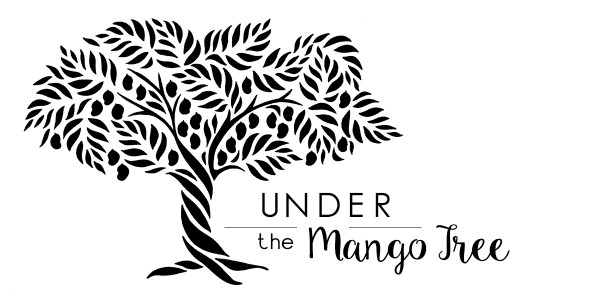
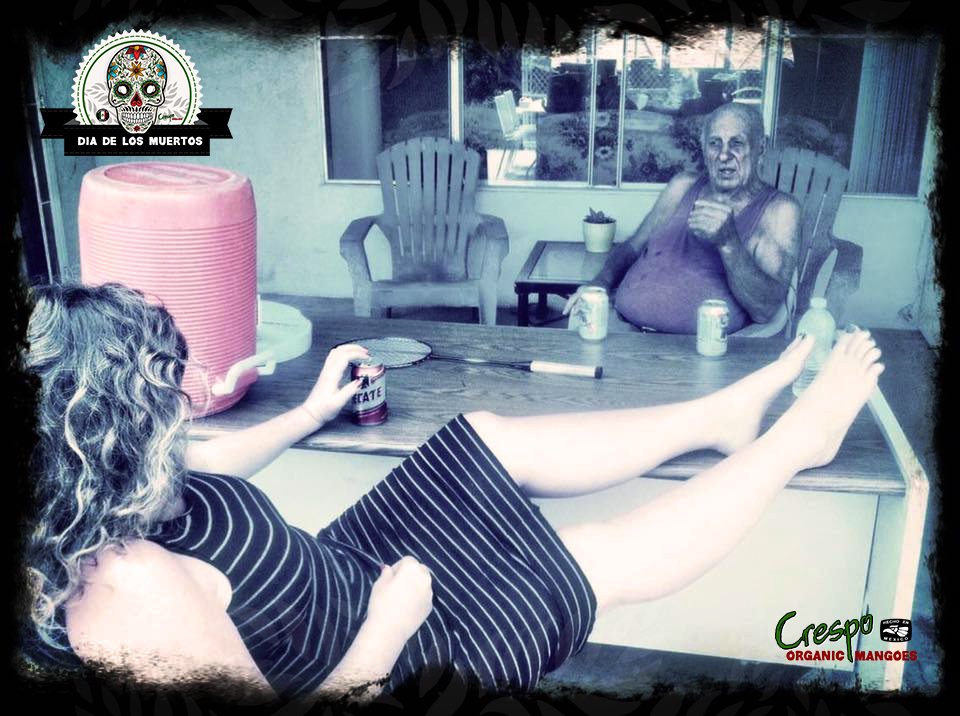

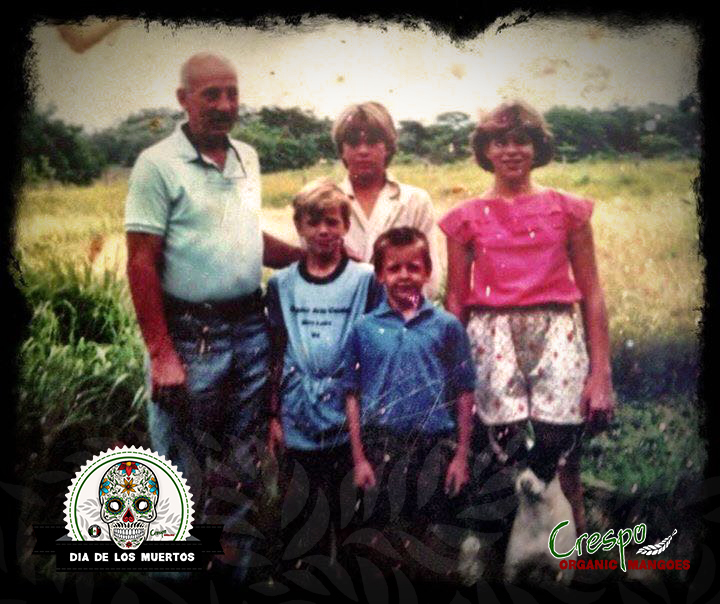
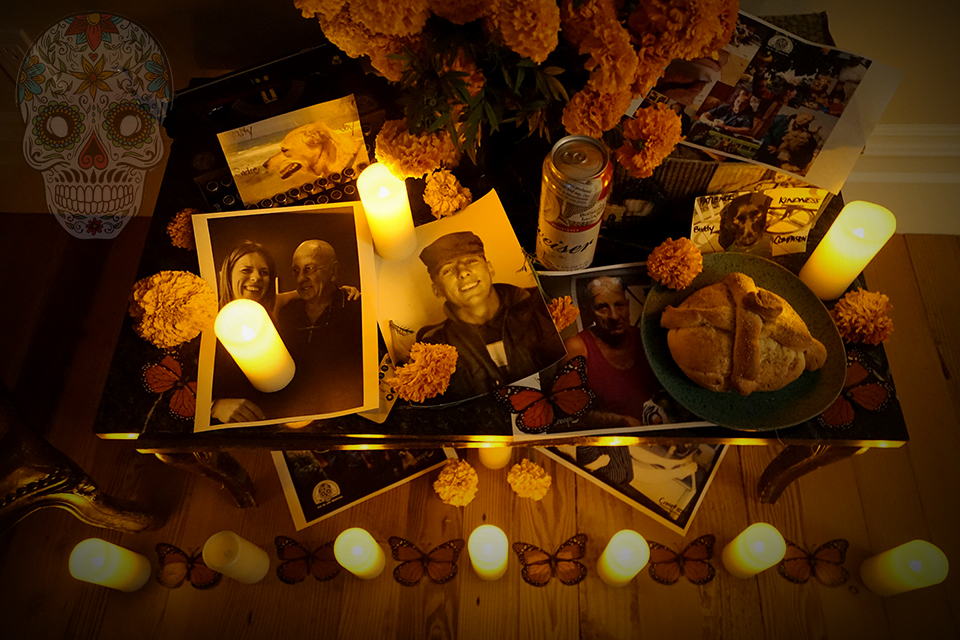
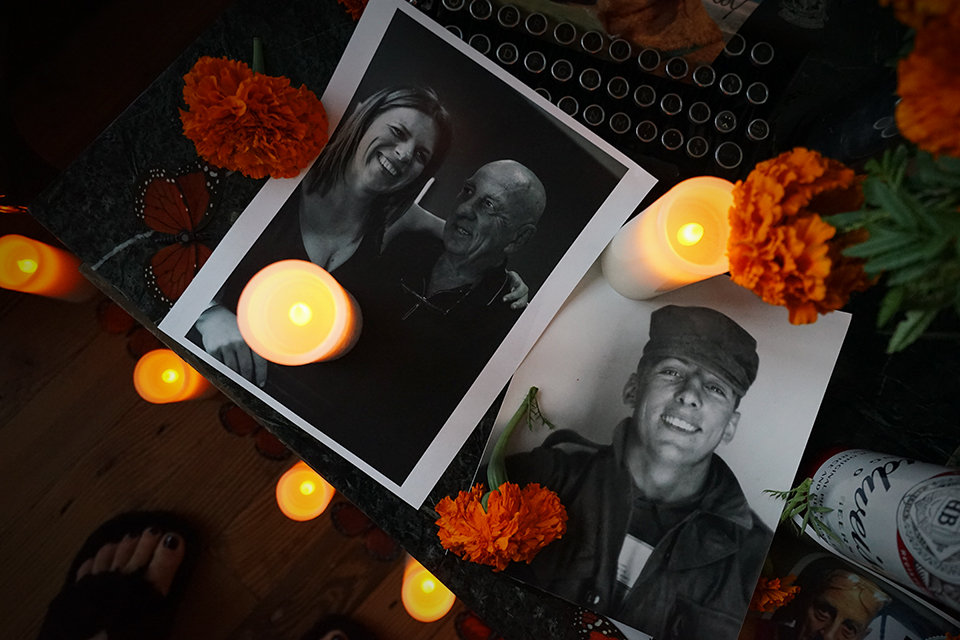
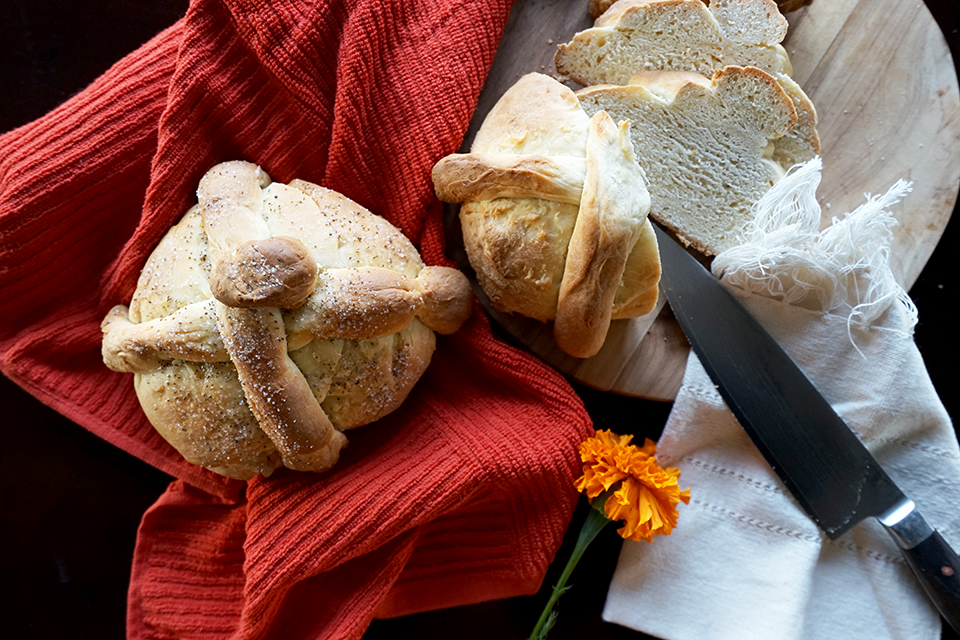









No Comments